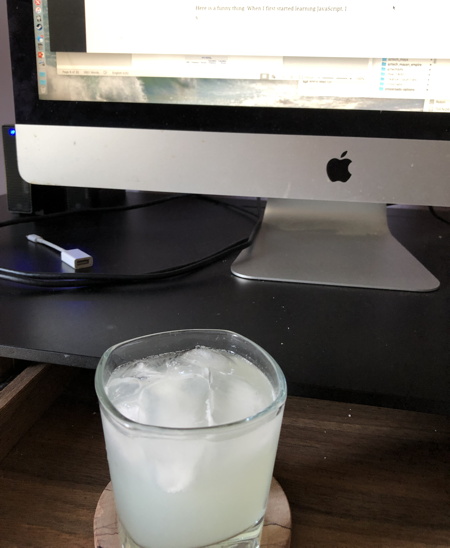Random SAS tips from Colorado
Two things, first of all.
- Those folks in Colorado are unbelievable studs to come out in inches of snow and more falling to a full house at the Denver & northern Colorado / Wyoming SAS users group meeting.
- I’ll bet the people in North Dakota are laughing their asses off right now thinking, “If that little bit of snow bothers her, wait until she comes up here next month.” I can hardly wait.
As with any time I go to a user group meeting, I learned some things and was reminded of other things I had forgotten. In random order of coolness
Robert Gately – showed some interesting uses of logistic regression, but in the process brought up some little SAS tricks I had not thought of in a long time. For example:
Use of a : as a wild card character for variables such as
ARRAY survey {*} Q: ;
Will create an array with all of the variables starting with Q .
Haping Luo wrote a whole paper on the use of the colon in SAS. And I read it, which according to my darling daughters, is nerd squared.
Steve Anderson had an interesting use for ridge regression to handle multicollinearity. Along with that, he had a formula that he used to get the best estimate of the k factor. He showed an application of it and it seemed to work pretty well. Unfortunately, I wasn’t fast enough to write it down but he promised to send me his paper.
Denise Poll from SAS discussed SAS options – did you know that there are around 1,500 SAS options? Pretty amazing, huh? Oddly, she did not discuss any options I hadn’t heard of before in her paper (she obviously only had time to discuss a limited number). However, she did mention a function I had never heard of – the getoption function , which will tell you a lot of information about any option you specify, including the default setting, current setting and even help rat out who changed it.
Despite aspersions cast by my enemies, the SAS VERBOSE option was not named after me, although I have used it from time to time. It is actually a useful diagnostic tool sometimes to see the settings of your SAS system options.
I also rambled on some about categorical data analysis but I didn’t learn anything from that because I already knew it (you thought I just made this shit up, didn’t you? Au contraire). On the other hand, I did learn something from a question someone asked about computing a kappa for more than two raters. I told her I did not know that PROC FREQ did it but I was sure at a minimum there was a macro out there. When I got back to somewhere with Internet access, it took me five seconds to find out that yes, there is such a macro by Bin Chen et al from Westat . You can also do it with JMP 9, according to their documentation. Look up categorical kappa.
And that was just in the morning.
There were some really good speakers in the afternoon. I would like to write about the cool stuff about ODS, Report (okay, I don’t really use report but it is cool if you like that sort of thing) and LSMestimate.
I’d also like to talk about the wrong direction I think SAS is taking in neglecting the Mac market and the complete missed market opportunity with SAS on demand. However, it will have to wait because I just got home, it’s midnight and there is a bubble bath and a glass of wine calling my name. Also, the recording of The Daily Show is playing, with Pat Robertson talking about having sex with ducks (I’m not kidding). If I was a more timid soul, I might be thrown off balance by talking alcoholic beverages and bath water. That doesn’t scare me. Robertson, though, is a little creepy.


Your link to the SAS macro is broken.
Fixed now. Thank you for pointing that out.
Thanks, I may have use for that.
PROC FREQ will calculate a stratified Kappa (Fleiss 2003) which (to my memory) is similar to the Kappa for multiple observers (Fleiss 1981). I’ll need to dig deeper into the details.